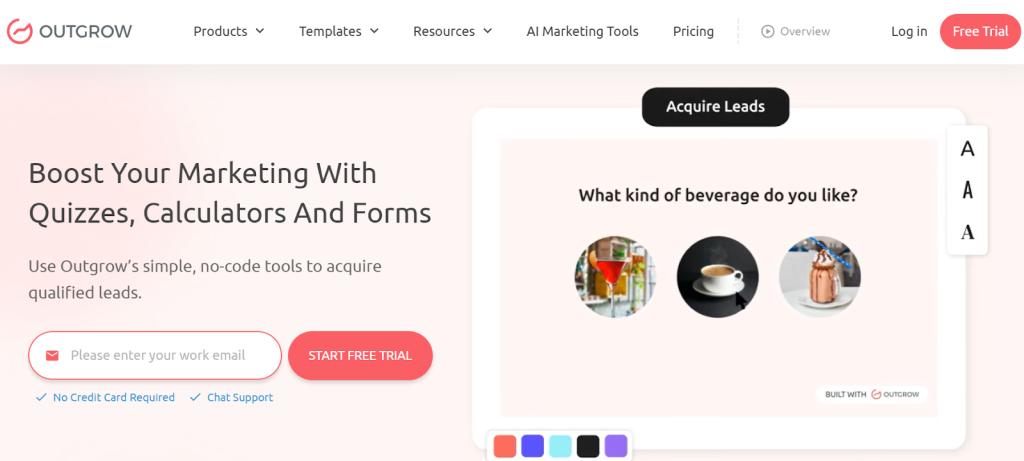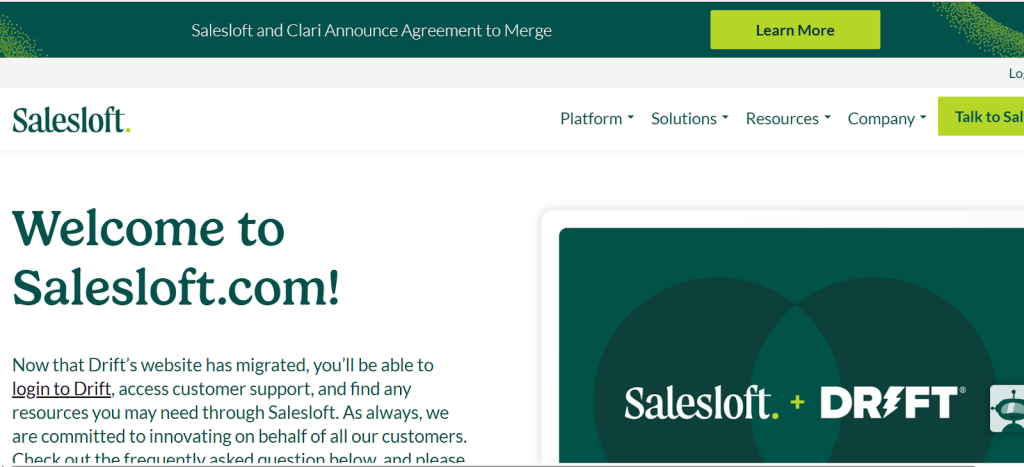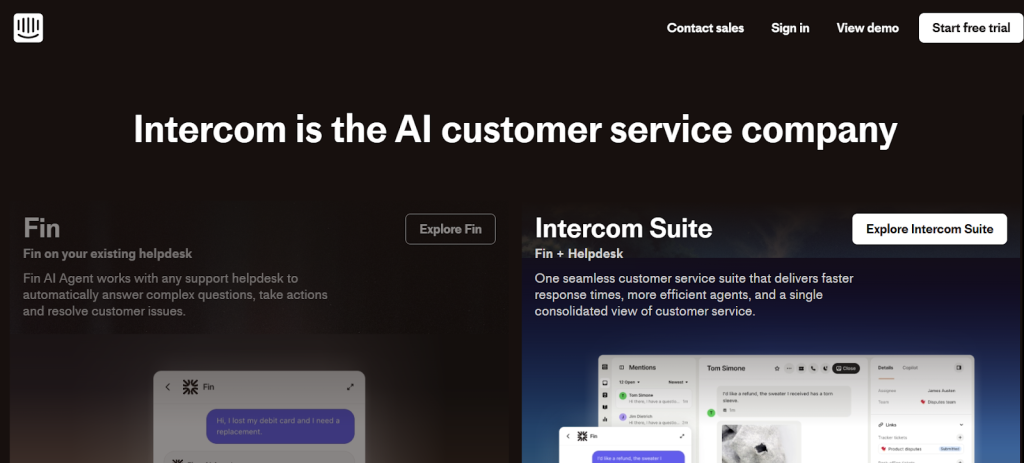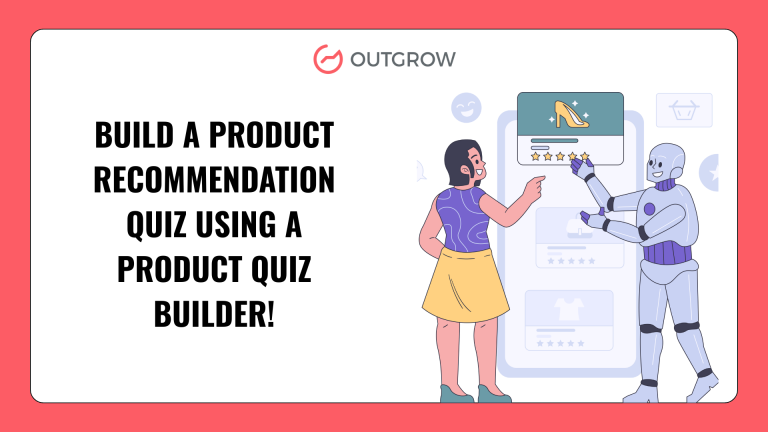5 Conversational Marketing Tools That Actually Drive Revenue in 2025
Table of Contents
Listen up. While most companies are still sending generic email blasts to prospects who delete them faster than yesterday’s leftover pizza, smart businesses are making millions through conversational marketing tools that actually talk to people like humans.
I’ve spent the last three years dissecting what separates companies pulling in 7-figure revenues from those burning cash on marketing tactics that died in 2019. The difference? They’ve stopped broadcasting and started conversing.
Conversational marketing isn’t just trendy jargon your CMO throws around in meetings. It’s the difference between a 2% conversion rate and a 15% conversion rate. Between prospects who ghost you after one email and customers who refer three friends before their first purchase ships.
What Is Conversational Marketing? (And Why Your Competitors Are Probably Doing It Wrong)
Here’s what most people get backwards: they think conversational marketing means adding a chatbot that says “Hi! How can I assist you today?” and labeling it innovation.
Real conversational marketing means creating real, two way dialogue with opportunities in all stages of the funnel. Imagine less automated customer support, more assistive friends who just happen to know exactly what you require.
The data backs this up. Companies using proper conversational marketing strategies see 3x higher conversion rates and 40% shorter sales cycles. But here’s the kicker: most tools on the market are built by engineers who’ve never sold anything more expensive than a coffee.
The Revenue Reality Check: Why Most Conversational Marketing Tools Fail
Before we dive into what works, let’s talk about what doesn’t. I’ve tested 47 different conversational marketing platforms over the past 18 months. Most fall into one of these revenue-killing categories:
The “Set It and Forget It” Trap: Tools that promise to automate everything but end up creating robotic interactions that make prospects feel like they’re talking to a slightly smarter version of their printer.
The Feature Overload Problem: Platforms with 847 features that look impressive in demos but require a PhD in marketing automation to use effectively.
The Integration Nightmare: Tools that claim to work with everything but actually require three developers and a shaman to connect to your existing tech stack.
Best Conversational Marketing Tools for 2025: The Revenue-Driven List
After burning through more marketing budgets than I care to admit, here are the conversational marketing tools that actually move the needle on revenue:
1. Outgrow: The Interactive Content Powerhouse + Conversational Chatbots

While everyone else is building basic chatbots, Outgrow creates interactive experiences that prospects actually want to engage with. Their calculators, quizzes, and assessments don’t just collect emails – they provide genuine value while qualifying leads better than any form ever could.
Outgrow uses conversational marketing, the bot collects contact information and in turn, shares relevant information for the customer’s query. This helps in generating leads for the company without the sales representatives directly getting involved.
I watched one SaaS company use an Outgrow ROI calculator to increase their conversion rate from 3% to 23%. Not a typo. The tool enabled prospects to see their potential savings, which made the sales conversation 10x simpler.
Revenue Impact: Businesses usually experience 40-60% increased conversion rates over static landing pages.
2. Drift: When Chat Actually Converts

Drift gets conversational marketing right by focusing on the conversation, not just the technology. Their playbooks help you create chat experiences that feel natural while moving prospects toward purchase decisions.
Examples of conversational marketing done right: Drift’s own website uses progressive profiling through chat to qualify visitors without making them fill out forms that look like tax documents.
Revenue Impact: Average users report 25% faster deal closure and 35% higher lead quality.
3. Intercom: The Relationship Builder

Intercom views each interaction as part of a continuous relationship, rather than a single transaction. Their messenger brings marketing, sales, and support together in ways that actually align with the buyer journey.
Revenue Impact: Companies using Intercom’s full suite see 50% higher customer lifetime value due to better onboarding and support experiences.
4. HubSpot Conversations: The All-in-One Approach

For conversational marketing for businesses that want everything connected, HubSpot’s conversations tool integrates with their entire ecosystem. Every chat becomes part of the complete customer story.
Revenue Impact: Businesses using HubSpot’s conversational tools alongside their CRM see 27% shorter sales cycles.
5. Qualified: The Pipeline Accelerator

Qualified focuses on one thing: getting hot prospects talking to sales reps faster. Their scheduling and routing features convert website visitors to booked meetings in real-time.
Revenue Impact: Users usually look at 40% more meetings and 60% of high meeting-seeing from to-deal conversion rates.
Real Examples of Conversational Marketing That Generated Millions
Let me share three examples that prove conversational marketing works when done correctly:
Case 1: A B2B software firm substituted their contact form for an Outgrow quiz that estimated prospects’ existing contacts inefficiencies. Result: 340% growth in qualified leads and $2.3M additional revenue within six months
Case 2: An e-commerce brand employed Drift to generate product recommendation conversations in lieu of standard popups. Their average order value increased by 67% because the chat helped customers find exactly what they needed.
Case 3: A consulting firm built interactive pricing calculators that let prospects explore different service packages. They closed 45% more deals because prospects came to sales calls already understanding the value and investment required.
Conversational Marketing Platforms: The Technical Reality
Here’s what nobody tells you about implementing these tools: the platform is maybe 30% of your success. The other 70% comes down to strategy, copywriting, and actually understanding your prospects.
Most conversational marketing platforms can handle the technical requirements. The question is whether you can create conversations worth having.
Before you pick a platform, answer these questions:
- What specific problems does your product solve?
- What questions do prospects ask during sales calls?
- Where do deals typically get stuck in your pipeline?
- What information do prospects need to make buying decisions?
Your answers determine which features actually matter and which are just expensive distractions.
The 2025 Revenue Playbook for Conversational Marketing
Based on real results from companies generating 8-figure revenues, here’s your action plan:
Start with One High-Intent Page: Don’t try to add chat everywhere. Pick your revenue-driven landing page that creates a wonderful intellectual experience.
Focus on Value, Not Volume: Better for 10 high quality calls compared to 100 interactions with tires.
Link Conversations to Revenue: Every chat should connect to your result-driven CRM. If you can’t measure conversation-to-revenue, you’re flying blind.
Train Your Team: The world’s best conversational marketing tools won’t cut it if your team handles each chat like a support ticket.
Track What Matters: Forget about vanity metrics. Measure conversation-to-lead rates, revenue per conversation, and lead-to-opportunity conversion to see the progress.
Advanced Strategies That Separate Winners from Wannabes
Progressive Profiling Through Chat: Do not ask 12 questions at a time, gather data through natural conversation flow.
Behavioral Triggers: Trigger conversations based on precise actions (time spent on page, pages viewed, content downloaded) instead of generic “exit intent” popups.
Sales marketing: Make sure the marketing call originally stops on sale without the possibility of repeating your story.
Mobile-First Design: More than 60% B2B research preferred mobiles. Your conversational experiences need to work perfectly on phones.
Common Mistakes That Kill Conversational Marketing ROI
Mistake 1: Treating chat like a contact form with a different interface. Real conversations adapt based on responses.
Mistake 2: Implementing automation and never maintaining it. Markets shift, products change, and your conversations must adapt.
Mistake 3: Prioritizing speed versus value. Yes, quick responses matter, but helpful responses convert.
Mistake 4: Overlooking data. Each conversation creates information about your market, prospects, and positioning.
The Future of Conversational Marketing: What’s Coming Next
AI is improving at understanding intent and context, so conversational marketing tools will more closely resemble having real sales conversations in volume.
Visual conversations (co-browsing, screen sharing, video) will become default features, rather than premium add-ons.
Voice assistant and smart devices will be integrated to create new conversation opportunities outside websites and apps.
Winners will be companies that benefit from technology to enable human connections, rather than replace them.
The Bottom Line: Stop Talking, Start Converting
Here, companies have been separated that earn millions from interactive marketing and burn cash on fancy chat widgets: They focus on talks that decide, not just engagement.
Your opportunities will not chat with your brand. They want solutions to their problems distributed in the most effective way. Revenue naturally follows when using conversational marketing tools to facilitate the process.
Winning companies in 2025 do not use the most features or most attractive interfaces. They use tools that help them have better conversations with those who really want to buy.
Choose Outgrow & put a high price call on your main destination page. Track the results for 30 days. Then expand from there.
Your competitors are still sending cold emails to prospects who delete them instantly. While they’re stuck in 2019, you’ll be building relationships that turn into revenue.
The conversation starts now. Make it count.
FAQs: Conversational Marketing Tools
Regular live chat is reactive support – someone has a problem, they ask for help. Conversational marketing is proactive engagement designed to guide prospects through buying decisions.
Track three key metrics: conversation-to-lead conversion rate, lead-to-opportunity conversion from conversations, and revenue attributed to conversational touchpoints.
Start with tools that offer strong free tiers or low monthly costs: Outgrow for interactive content, chat & good starter plan. Outgrow focuses on one high-value conversation.
Absolutely. Conversational marketing for businesses helps you stay engaged throughout that research process, providing value at each stage rather than waiting for prospects to fill out contact forms.
Write conversations like you’re talking to someone at a coffee shop, not presenting to a board meeting. Ask questions you genuinely want answers to. Provide value before asking for anything. Most importantly, make sure humans can jump into conversations when automation reaches its limits.
Treating it like a technology problem instead of a strategy problem. The best conversational marketing tools won’t fix bad messaging, unclear value propositions, or misaligned sales and marketing teams. Get your strategy right first, then implement the technology to support it.

Ankit Upadhyay is a Digital Marketing and SEO Specialist at Outgrow. With a passion for driving growth through strategic content and technical SEO expertise, Ankit Upadhyay helps brands enhance their online visibility and connect with the right audience. When not optimizing websites or crafting marketing strategies, Ankit Upadhyay loves visiting new places and exploring nature.







